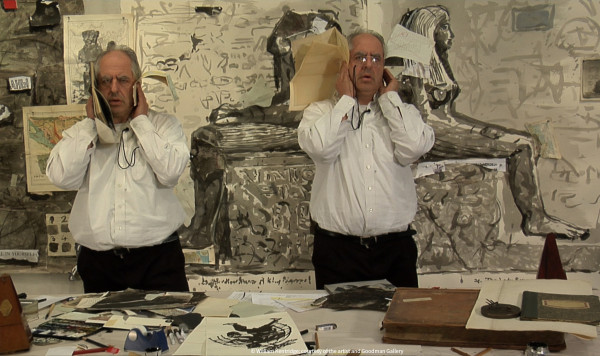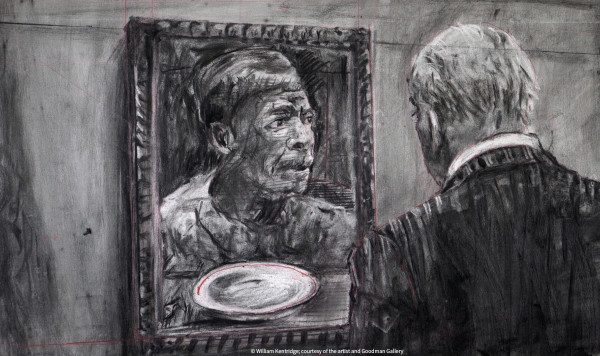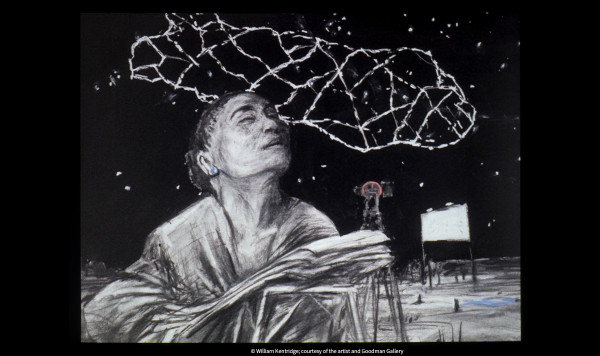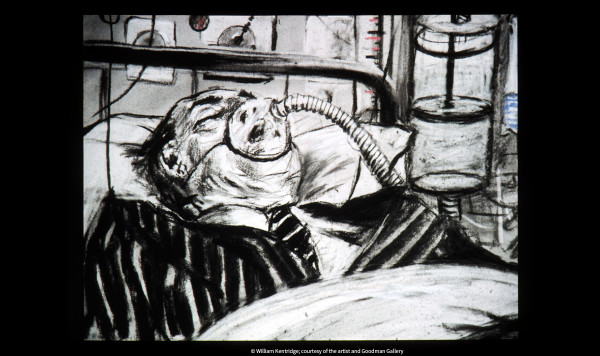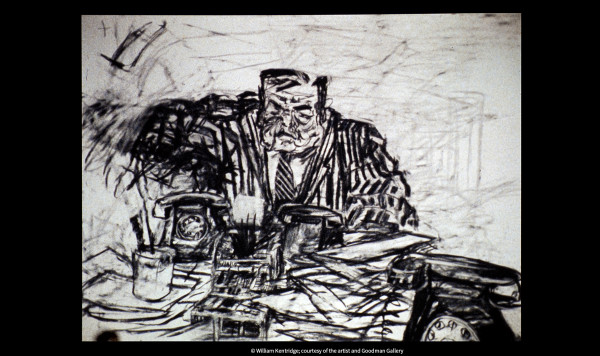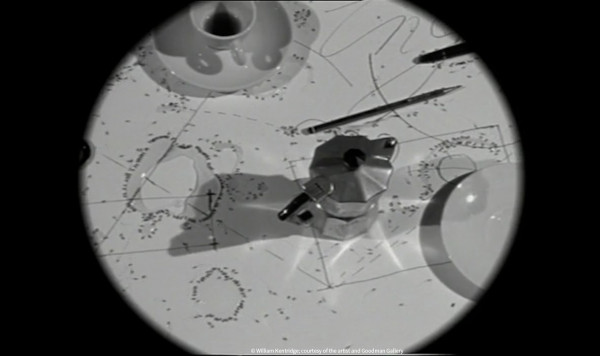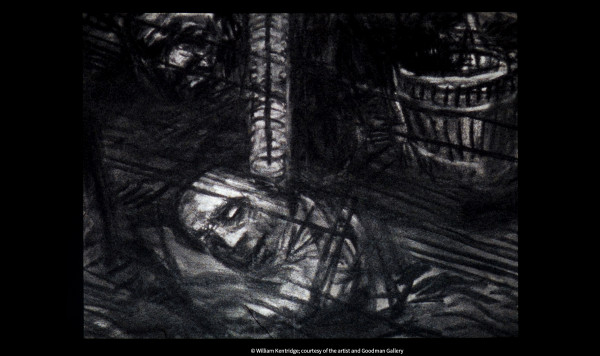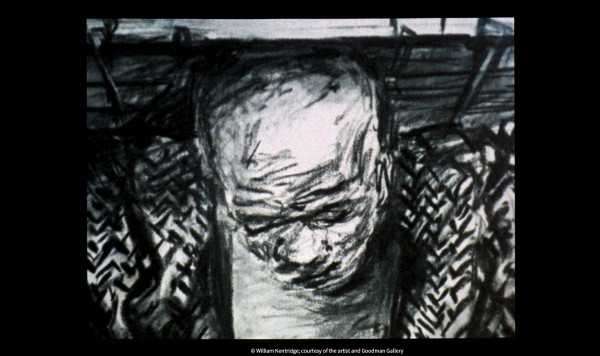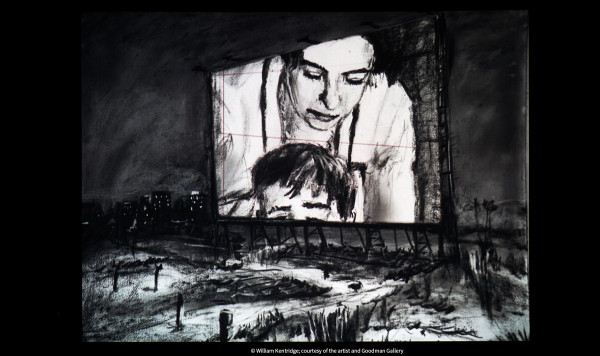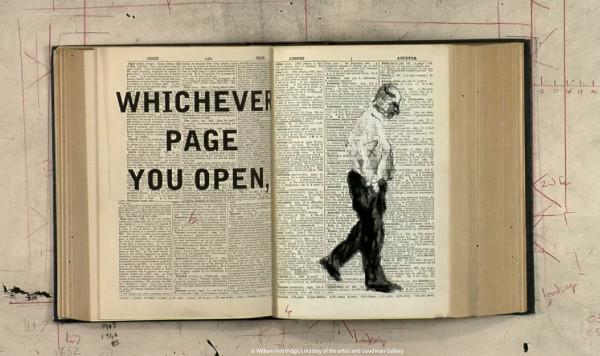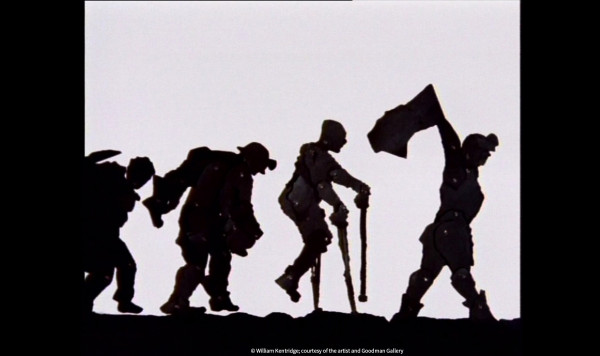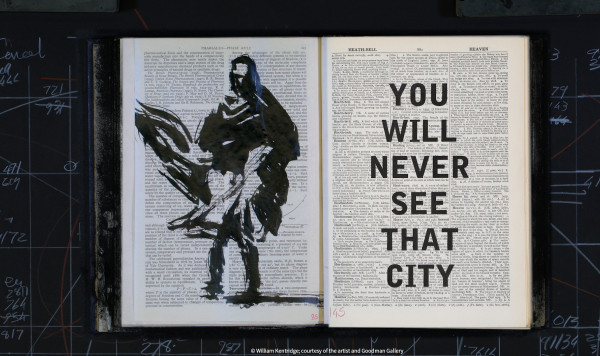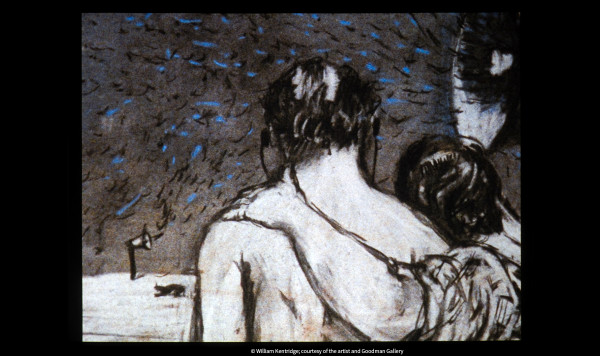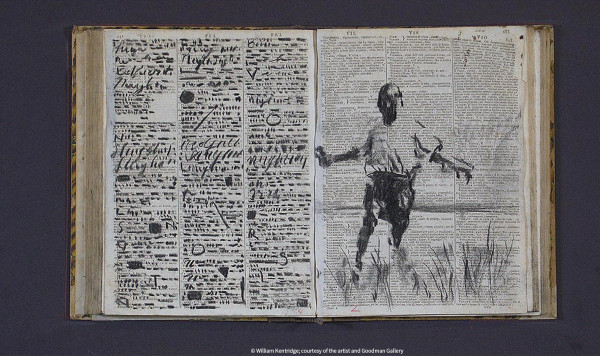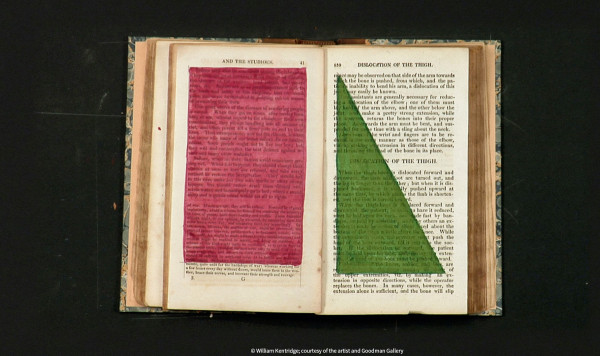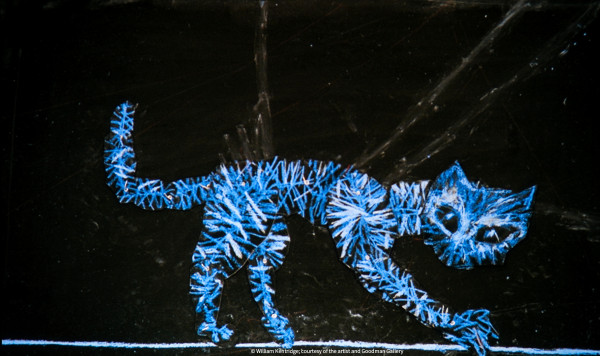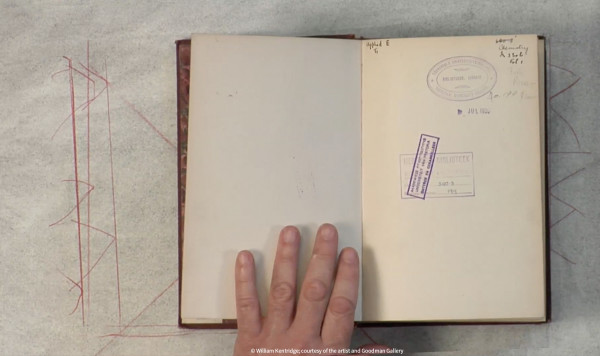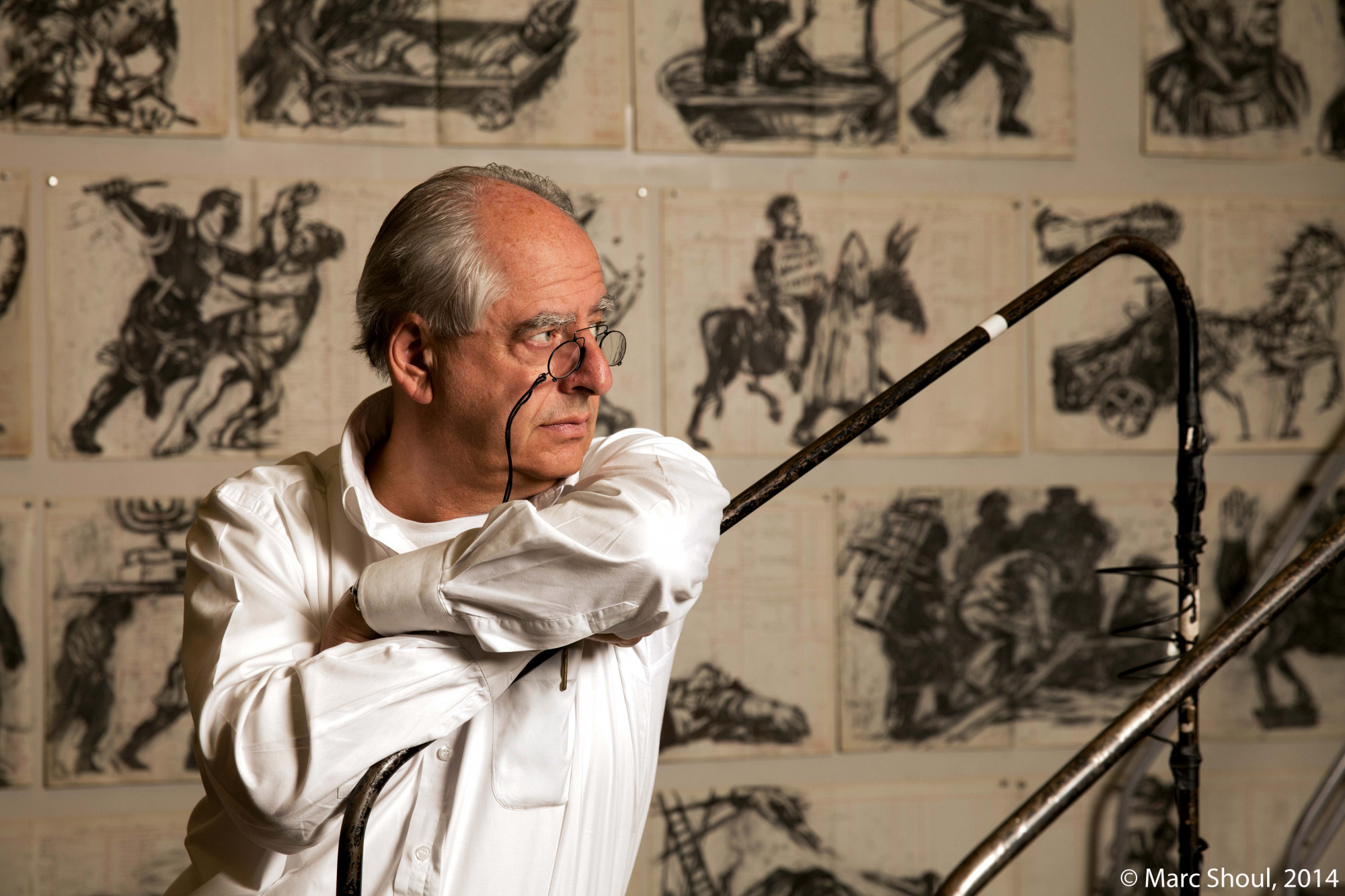
Filmmaker in Focus: William KENTRIDGE
William KENTRIDGE was born in 1955 in Johannesburg, South Africa. Versatile and prolific, with creative works spanning drawing, film, sculpture and theatre, he is regarded as one of the most influential contemporary artists.
Mineral-rich South Africa was once colonised by both the Dutch and the British. Racial division during those times fueled perennial conflicts, reaching a peak with the implementation of apartheid in 1948. It was not until the early 1990s that the country finally began to transform. With both parents working as human rights lawyers, he might realise from an early age how discrimination could be perpetuated in the name of the law, and also witness how a land and humanity could be ravaged by institutionalised violence.
Though reflections on political realities form the foundation of his creations, he does not reproduce or refer to specific events in his works. Instead, colonial history, racial conflict and class struggle are converted into wildly imaginative line compositions. In the charcoal animated Drawings for Projection series, the capitalist’s coffee press became a driller heading straight into the dark underground; the corpses of protesters killed by police violence instantly turned into nutrients nourishing the city. Between the repeated erasing and reconstructing of ink-black pen strokes used to create these short films, the historical memories of South Africa lurk like the traces left behind on paper, following closely like a shadow.
KENTRIDGE’s works see no ‘omniscience’, while ‘truth’ is just like the flowing, fickle traces of his hand-drawn strokes, merely marks of temporary moments. He is perhaps not a typical documentary filmmaker, yet his transformation of historical memories and alertness towards how media can document and interpret truth tend to always offer reflections on the relationship between images and reality, as well as extend the possibility of more complex meanings of so-called ‘realism’.

